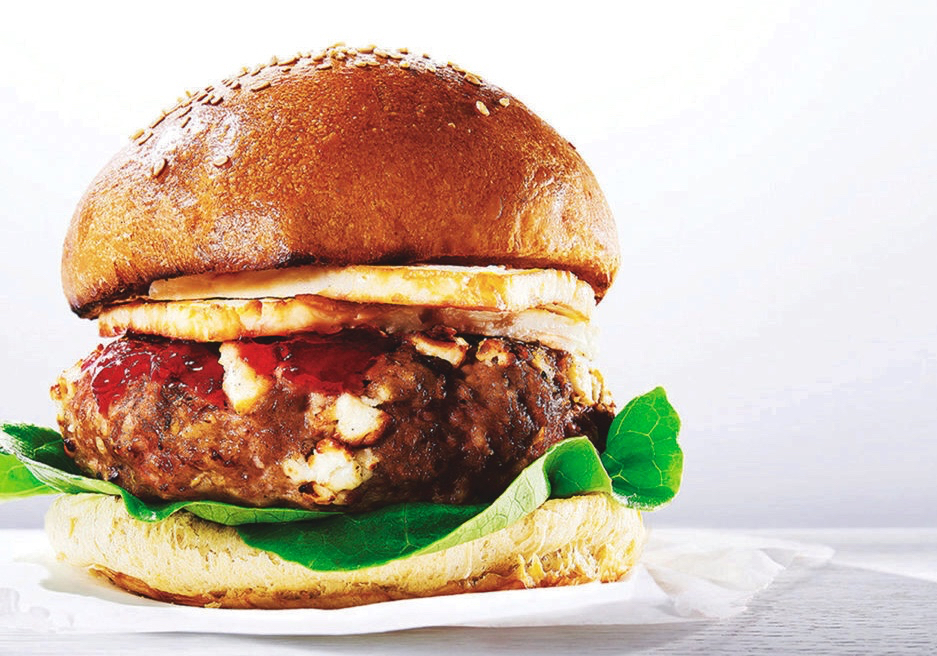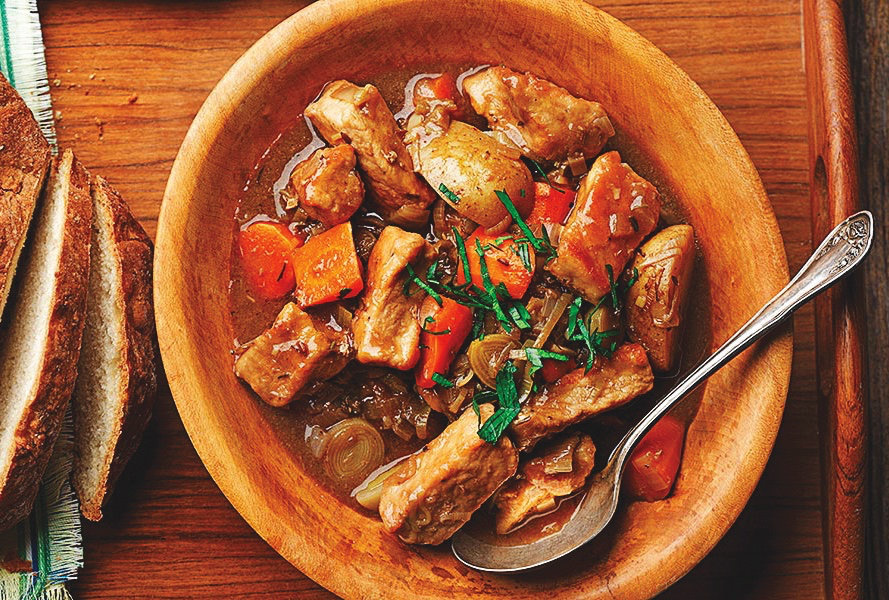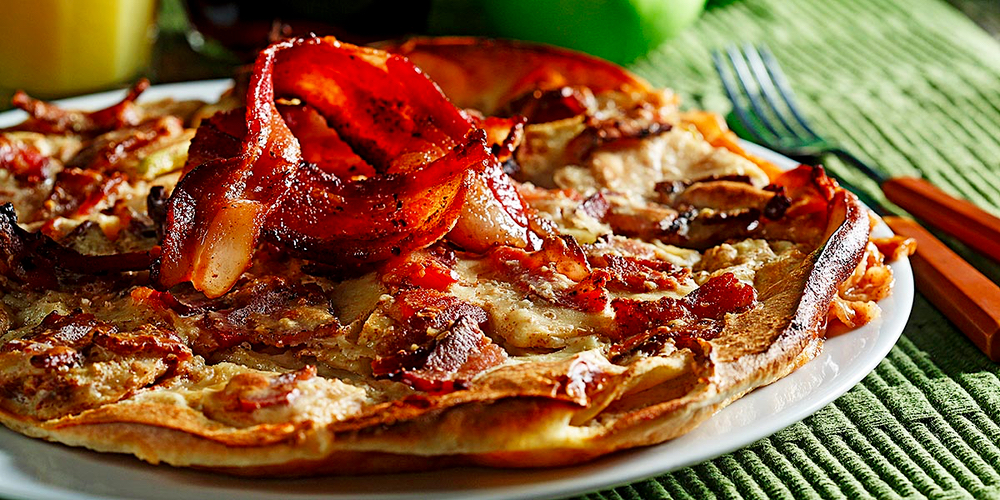What would you think about writing a weekly column?” a couple of editors from the NDSU Extension Service asked me.
“What if no papers run it?” I responded.
“Oh, they will,” they replied in unison. “Writing something new every week can get to be a grind, though,” one of them added.
“And what if the papers run it and no one reads it?” I thought to myself. I had a toddler son who didn’t always sleep all night, I was fairly new to my career and I was adjusting to the recent loss of my mother. I wasn’t sure about adding something to my plate.
Read Also

Your best (and easiest) holiday dainty tray
Make-ahead recipes, store-bought goodies and co-operation with friends and family: Here’s how to throw together a stunning, low-stress tray.
However, I think the editors had detected something in me. I wanted to be a writer from the time I was a young girl barely able to hold a pencil.
So I agreed. Next, we had to come up with a name for the column. “Prairie” came easily, but we needed a second word. We looked up some synonyms for food. And that’s how “Prairie Fare” was born 20 years ago.
That adds up to 1,040 columns and 875,000 words, give or take.
In the beginning, Dean Hulse, one of the editors, was my co-writer. He wrote the introduction and added a recipe inspired by his training in culinary arts. For the first couple of years, I responded to the question, “What’s your take on this, Julie?” That was quite easy.
Then Dean went back to college for an advanced writing degree. Did I want to continue? By this time, my husband and I had added a daughter to our family, so I wasn’t getting enough sleep again. Sometimes I was parked in front of the computer writing late on Wednesday night for my Thursday morning deadline. Five years later, our third child arrived, and then we added three dogs a few years later.
Inspiration has come from many places, including our dogs. People ask me questions about food. I read articles in scientific literature, I go to conferences, and I watch food shows and read popular magazines. I keep a notebook handy and jot down ideas. The best ideas always come from my life experiences, usually unexpectedly.
My family members have inspired hundreds of columns. They are a patient bunch. Sometimes, at the dinner table, my kids have begun to verbally “write” a column for me, ending with “my daughter said,” or, “my son said.” That ploy has never worked. Then they catch a certain gleam in my eye as I observe a situation. They shake their heads at me.
Through the years, I have covered topics from apples to zucchini and everything in between. You may think that we in the nutrition field can’t make up our mind about foods such as butter, salt and eggs. Although scientific studies with surprising results sometimes make the news, recommendations are based on many years of peer-reviewed scientific research. Nutrition recommendations evolve as more research is published.
These are a few nuggets I have gleaned:
- Be careful where you get your information about nutrition, food safety and health. Not everything we read is backed by science. Anyone can blog or tweet whatever he or she would like to say. In the Extension system, we pride ourselves on providing research-based information.
- Eat more vegetables and fruits of all colours. More people shortchange themselves on vegetables and fruits than any of the other food groups.
- Eat breakfast to fuel your body and brain and help maintain or lose weight.
- Eat more fibre. Beans, lentils and peas, along with vegetables and fruits, are excellent fibre sources.
- Balance your plate with foods from each of the five food groups. Besides fruits and vegetables, be sure to have lean protein, a calcium source such as milk or yogurt, and grain foods, especially whole grains.
- Practise moderation. All foods can fit in a healthful diet, but you have to watch portions.
- Get some exercise on most days. Adults need at least 30 minutes of physical activity and kids need 60 minutes.
- Remember your beverage calories count. You may want to rethink your drink.
We launched Prairie Fare with this dessert recipe. Featuring pumpkin gave me an opportunity to talk about the pigments (carotenoids) in pumpkin. Carotenoids are converted to vitamin A, which promotes healthy skin and eyes. Pumpkin also is rich in fibre, and this recipe has fewer calories than a serving of pie. See ‘Food and Nutrition’ on the NDSU website for a wide variety of information about nutrition, food safety and health.
Pumpkin Bread Pudding
- 1 c. low-fat milk
- 3/4 c. sugar
- 2 eggs, slightly beaten
- 1/2 tsp. salt
- 1 tsp. vanilla extract
- 1 (15-ounce) can pumpkin, mashed (not pie filling)
- 2-1/2 c. stale bread cubes, cut small
- 1/2 tsp. ground cinnamon
- 2 tbsp. brown sugar
Preheat oven to 350 F. Remove crust from bread and cut into small cubes. In medium-size bowl, combine milk, sugar, eggs, salt, vanilla and pumpkin; blend thoroughly. Stir in bread cubes. Pour into greased 1-1/2-quart baking dish. Bake 35 to 40 minutes. While pudding is baking, combine brown sugar and cinnamon. Sprinkle mixture on top of the pudding. Return pudding to the oven and bake for about 10 minutes more.
For added fibre, consider using whole grain white bread or similar product.
Makes six servings. Each serving has 220 calories, 3 grams (g) fat, 6 g protein, 43 g carbohydrate, 3 g fibre and 320 milligrams sodium.
















